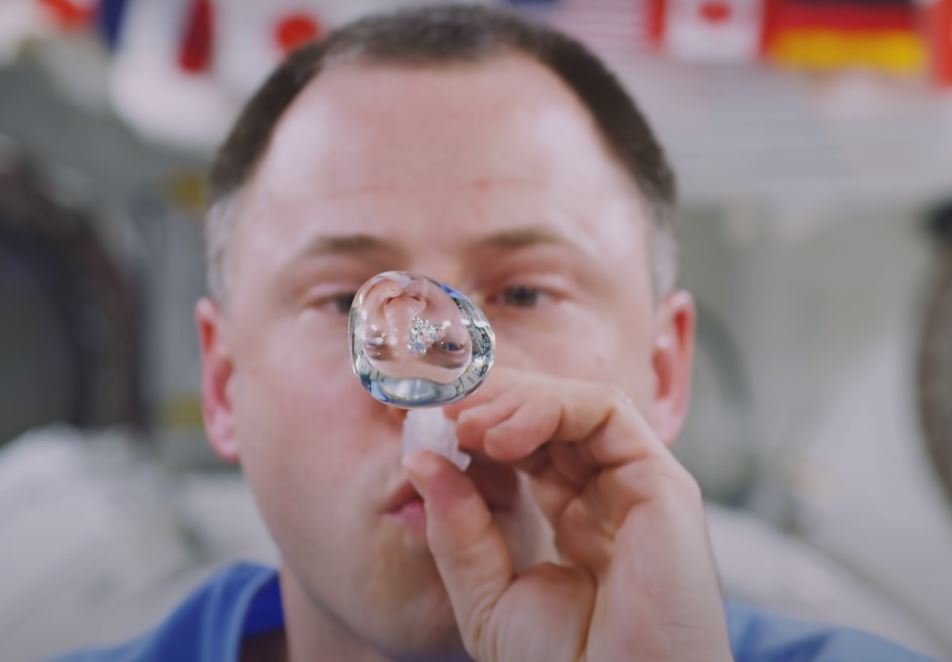Last week, the United States National Aeronautics and Space Administration (NASA) announced that the International Space Station (ISS) water recovery system has reached a historic milestone. According to the US space agency, Of all the fluids produced by the astronauts’ bodies, such as urine and sweat, about 98% were filtered and recovered by the station.
Achieving large amounts of water recycling in the ISS’ microgravity environment is crucial for future space missions, given that NASA plans to return to the surface of the Moon in 2025, and possibly a manned mission to Mars in the middle. -2030s.
The International Space Station used the Environmental Control and Life Support System (ECLSS) to get the percentage; In fact, 98% is considered ideal to support the life of the crew on long-distance missions.. According to NASA, ECLSS collects wastewater from the ISS and sends it to the Water Processing Assembly (WPA), which is responsible for recycling the water and making it portable.
“This is a very important step in the evolution of life support systems. Let’s say you collect 100 pounds of water on the station. You lose two pounds of it and the other 98% returns nonstop. It’s an incredible feat.”, Johnson Space Center member Christopher Brown, NASA in his statement.
Urine and sweat of astronauts
One of the ECLSS equipment is responsible for collecting moisture from the environments, including crew sweat and humidity from breathing. already Urine Processing Set (UPA) processes astronauts’ urine using vacuum aeration technology.
After the urine is processed, the liquid is recycled through the Brine Processing Suite (BPA), which removes the waste water and ensures quality. In a recent test at the space station, NASA found that BPA helped meet its goal of 98% water recovery.
In a statement, NASA claims that water recovery only reaches between 93% and 94%, but BPA is helping to get the new estimate. The agency acknowledges that drinking recycled urine can be a problem for some people, but points out that the system is far superior to any other system that recycles water on the Earth’s surface.
“The processing is fundamentally similar to some terrestrial water delivery systems that are only done in microgravity. The crew does not drink urine; it is drinking water that has been recovered, filtered and cleaned to be cleaner than what we drink on Earth. Jill Williamson, ECLSS Water Subsystems Manager, said. “We have many processes and many soil tests to provide confidence that we are producing water,” he said.
Source: Tec Mundo
I’m Blaine Morgan, an experienced journalist and writer with over 8 years of experience in the tech industry. My expertise lies in writing about technology news and trends, covering everything from cutting-edge gadgets to emerging software developments. I’ve written for several leading publications including Gadget Onus where I am an author.













